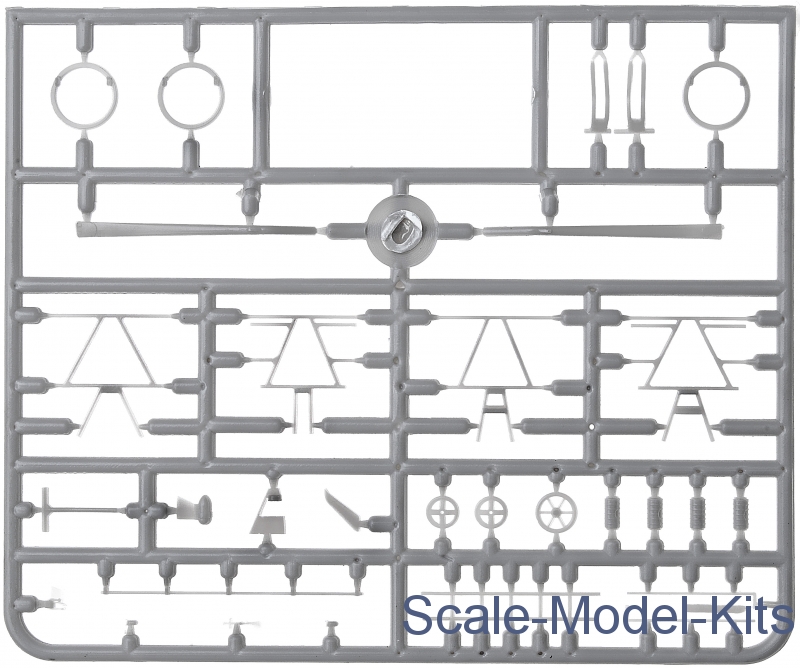

Tracking aircrafts over the oceans using ADS-B is a whole new ball game. Information received by these receivers are forwarded to their server which are then made available on the internet.
#Planeplotter pbworks free#
In fact websites like and are providing free ADS-B receivers for general public to host (subjected to location). On land this not so much of an issue as receivers can be readily deployed to increase coverage. Realistically, the broadcast will have a range of only about 300 miles or 483 km. But that is another chapter I guess.ĪDS-B is works on a microwave frequency of 1090 MHz which means that it is incapable of bouncing off the ionosphere making it essentially line-of-sight. The ADS-B network is currently unencrypted, making it vulnerable to attack. This ADS-B framework will form an essential part of the US Next Generation Air Transportation System (NextGen) and the Single European Sky ATM Research (SESAR) initiative, which promises more efficient and safer air travel by 2020. The received information are used to augment the less accurate aircraft positional information from primary and secondary radar. aircraft type designators, course, and speed), rebroadcast them on the ADS-B out channel which is in turn received by ground-based receivers. GPS location) from satellites and together with other information (i.e. Aircrafts receive navigation information (i.e.
#Planeplotter pbworks series#
VATSIM and IVAO positions currently online are also plotted / shaped and shown on the map together with their frequencies so that virtual pilots can contact them should they enter their airspace.Automatic dependent surveillance – broadcast (ADS–B out to be specific) are a series of periodic radio broadcasts made by aircrafts that are received by air traffic controls (ATCs) and other aircrafts allowing the broadcasting aircrafts to be tracked. Tapping on a plane (target) further discloses a tag with additional information about the flight such as its callsign, aircraft type, squawk, flight level, vertical speed, flight stage, course, speed, departure and arrival.

The data is retrieved from the online and public info servers of the respective networks (for which an Internet connection is required) at periodic intervals and traffic is plotted accordingly. The ADS-B Interface functionality is enabled and available through an in-app purchase. On top of that, with the built-in complimentary cloud based ADS-B, users can see real traffic from various places in the world (anywhere where there's voluntary coverage) even without being there or having a receiver themselves. AirScope can connect to a computer with one of these receivers and an instance of dump1090 to recognise messages in SBS (BaseStation) format on a TCP port (default 30003) and plot air traffic on its map. With the ADS-B Interface users can connect AirScope to their local receiver and display traffic data as it's being broadcast. AirScope shows just that in a stylish universal interface for iOS and macOS devices. When flying online with VATSIM or IVAO (or even as preparation for a flight in one of these networks) it's often useful to have an overview of who's in the air at any given moment or which ATC positions are currently filled and online. AirScope is a plane plotter that retrieves aircraft positions and measurements from online sources and displays them on top of a world map in radar / ATC style.


 0 kommentar(er)
0 kommentar(er)
